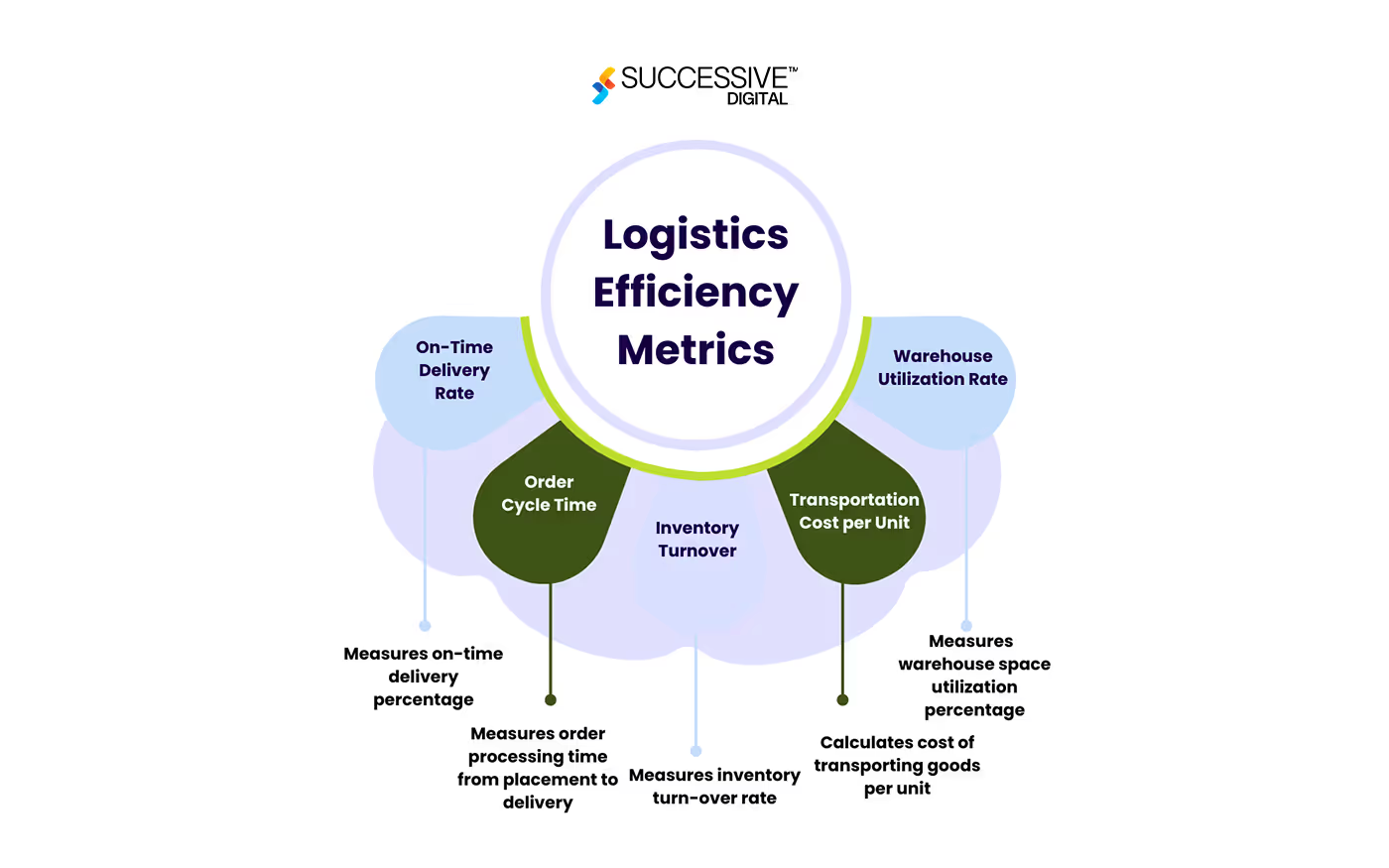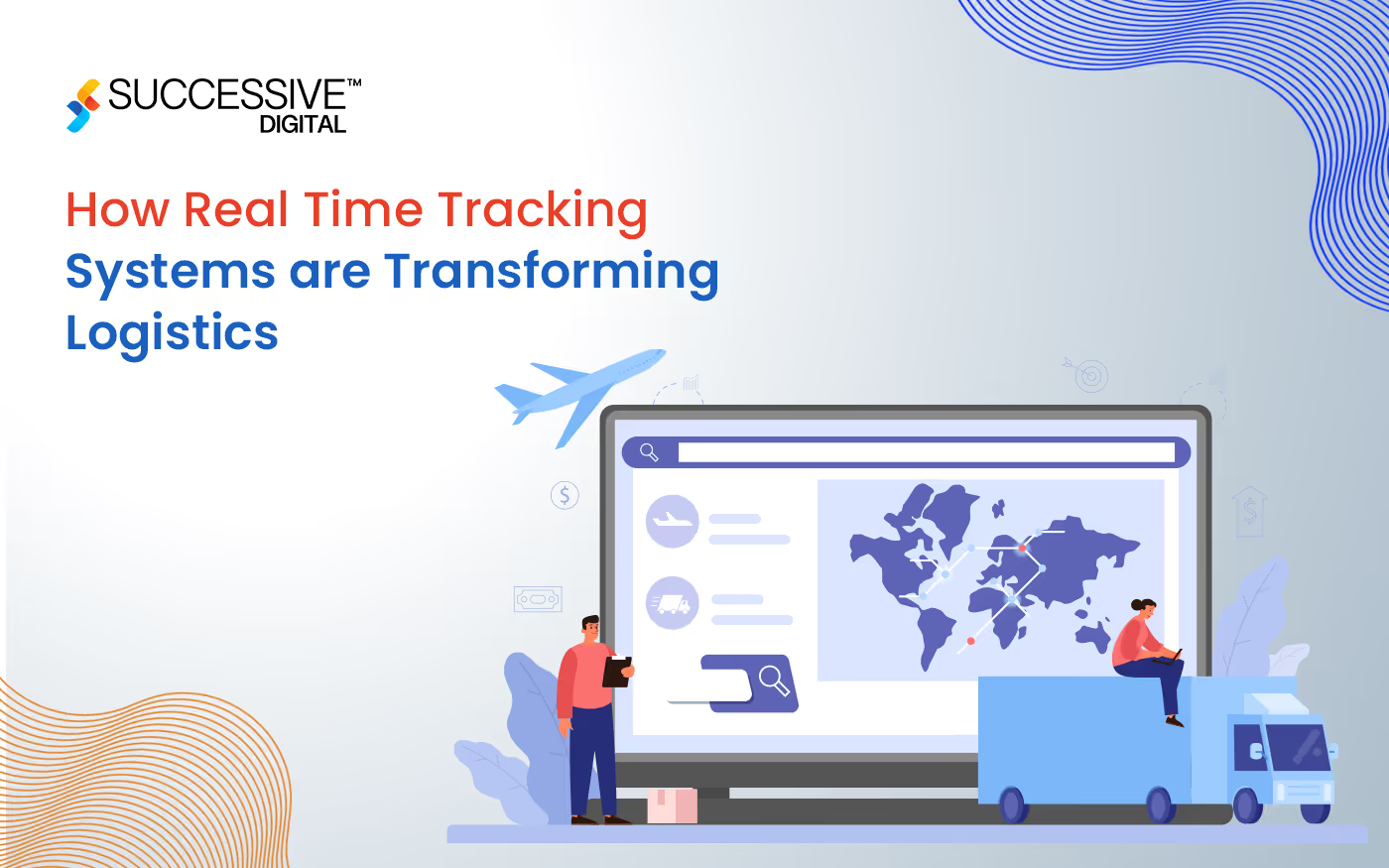The global logistics is the backbone of worldwide trade and commerce, ensuring the efficient movement of goods from producers to consumers. Technological improvements in logistics tracking systems have substantially reshaped this industry in recent years, with real-time freight tracking rising as a pivotal innovation. These systems leverage advanced technologies such as GPS, RFID, IoT, and cloud computing to offer exceptional visibility into the movement and status of goods when on road or at rest in a warehouse. This blog explores how real-time monitoring structures remodel logistics, improve performance, reduce operational cost, and improve consumer satisfaction.Evolution of Real-Time Tracking SystemsThe evolution of real-time tracking in logistics represents a journey from basic methods to sophisticated, technology-powered solutions. Initially, logistics relied closely on guided tracking, where information was recorded by hand, leading to inefficiencies and inaccuracies. The creation of barcode scanning in the 1970s marked a shift, taking into consideration automatic data capture and improved stock management.The actual transformation commenced with the appearance of GPS technology in the 1990s. GPS enabled supply chain tracking technology and real-time monitoring of vehicles and shipments, providing logistics managers with accurate statistics made a grand entry into the global logistics space. This functionality was advantageous via the integration of RFID technology, which allowed for the automated identity and monitoring of tagged devices, streamlining the tracking of goods at any stage in the supply chain.Cloud computing has also played a critical role by facilitating the storage and analysis of vast amounts of tracking data, providing real-time insights and decision-making tools. Together, these technologies have revolutionized logistics, making real-time freight tracking an essential part of modern supply chain management.The Internet of Things (IoT) has taken another leap forward, connecting physical devices to the Internet and enabling continuous data exchange. Smart sensors can now monitor various parameters such as temperature and humidity, ensuring the highest quality of goods in transit. This emphasis on quality control through IoT technology instils confidence in the safety of products during the logistics process. Enhancing Operational EfficiencyReal-time tracking considerably improves the operational efficiency in logistics through a whole new mechanism. One of the number one benefits is route optimization. Route Optimization: By providing real-time information on vehicle location, these systems allow logistics managers to dynamically reroute them to keep away from traffic congestion, street closures, or unfavourable weather situations. This ensures timely deliveries and decreases fuel consumption, directly impacting bottom line.Real-time freight tracking : Additionally, real-time freight tracking improves asset usage. By continuously tracking the region and status of vehicles and other assets, businesses can minimize idle time and allocate sources extra effectively. This leads to better productiveness and decreased operational prices.Inventory management: Inventory management also benefits from real-time monitoring and logistics tracking systems. With continuous visibility into the movement of goods throughout the supply chain, logistics operators can preserve most appropriate inventory degrees, heading off stockouts and overstock conditions. This transparency helps in better making plans and forecasting, ensuring that the products are available at the right time.In warehouse operations, supply chain tracking technology along with real-time monitoring systems facilitate efficient inventory tracking and management. Automated structures can easily discover items within a warehouse, improving the speed of selecting and packing process and reducing hard work costs. These systems also reduce errors and enhance accuracy, returns.

Improving Customer SatisfactionIn the competitive logistics business ecosystem, consumer satisfaction is paramount. Real-time freight tracking plays a critical function in improving the client experience:
- Accurate ETAs: Real-time tracking allows logistics organizations to provide correct estimated times of arrival (ETAs). Customers appreciate understanding precisely when their deliveries will arrive, lowering uncertainty and enhancing satisfaction.
- Proactive Communication: With real-time supply chain tracking technology, businesses can proactively communicate with clients about any delays or troubles.
- Enhanced Service Levels: By ensuring well timed deliveries and reducing errors, actual-time monitoring systems assist keep high service stages. Satisfied users are much more likely to go back and recommend the provider to others.
- Improved Handling of Returns: Real-time freight tracking additionally streamline the system of returns. Companies can track the return journey of goods, making sure they are processed quickly and correctly.
Case StudiesAmazon: Amazon’s logistics community is a prime instance of real-time freight monitoring in action. The enterprise uses a combination of GPS, IoT, and advanced analytics to monitor its network of warehouses and delivery vehicles. This lets Amazon to offer same-day and next-day shipping offerings, placing a high standard for the ecommerce logistics industry.DHL: DHL has incorporated supply chain tracking technology into its operations to improve performance and customer experience. The organization’s “MyDHL” platform gives customers with real-time updates on their shipments, inclusive of specific ETAs and proactive notifications in case of delays.Maersk: The delivery large Maersk uses IoT-enabled smart packing containers to track the place and condition of products in transit. These containers provide real-time information on temperature, humidity, and surprise, ensuring the safe shipping of sensitive goods.ConclusionReal-time freight tracking systems have undeniably transformed the Transportation and Logistics business, bringing about considerable enhancements in efficiency, cost reduction, and consumer satisfaction. As technology continues to adapt, these systems will become even more integral to logistics operations, driving innovation, and shaping the future of global transportation. Logistics businesses that embody real-time tracking might be better positioned to navigate the challenging situations of an increasingly complex and aggressive landscape, delivering quality services to their customers.
.avif)










.jpg)









